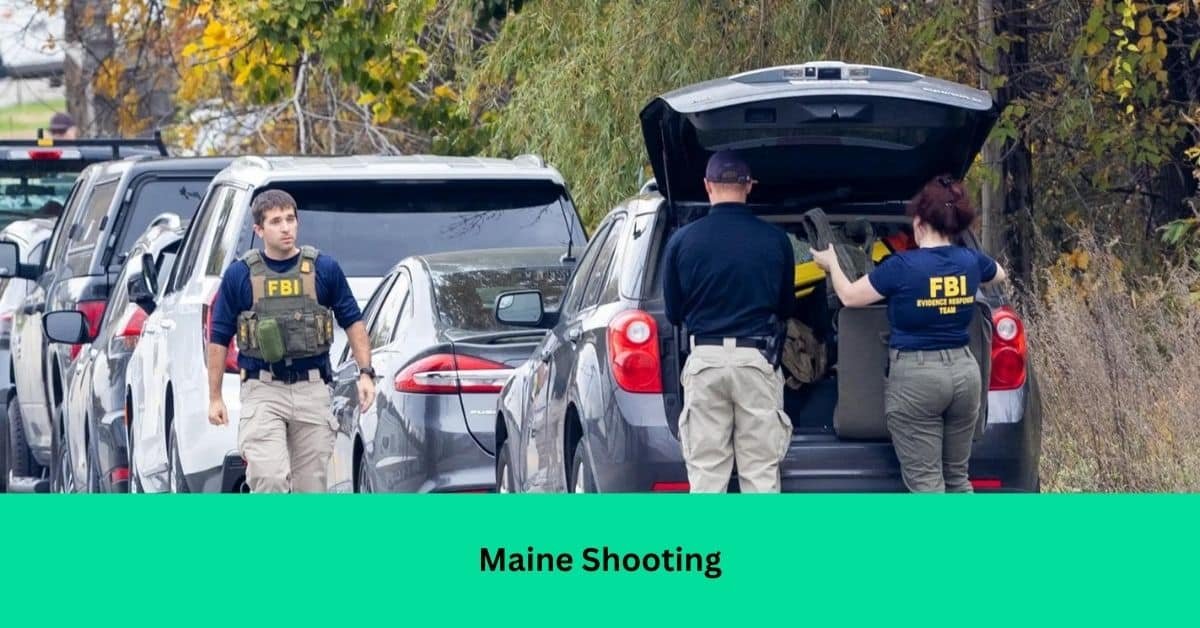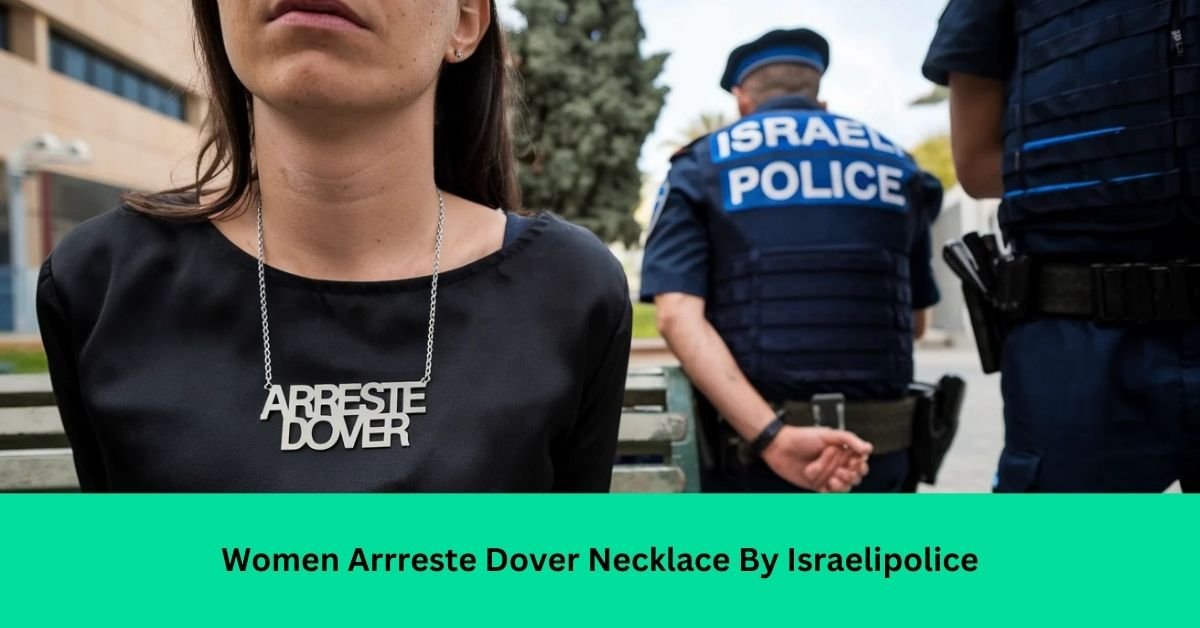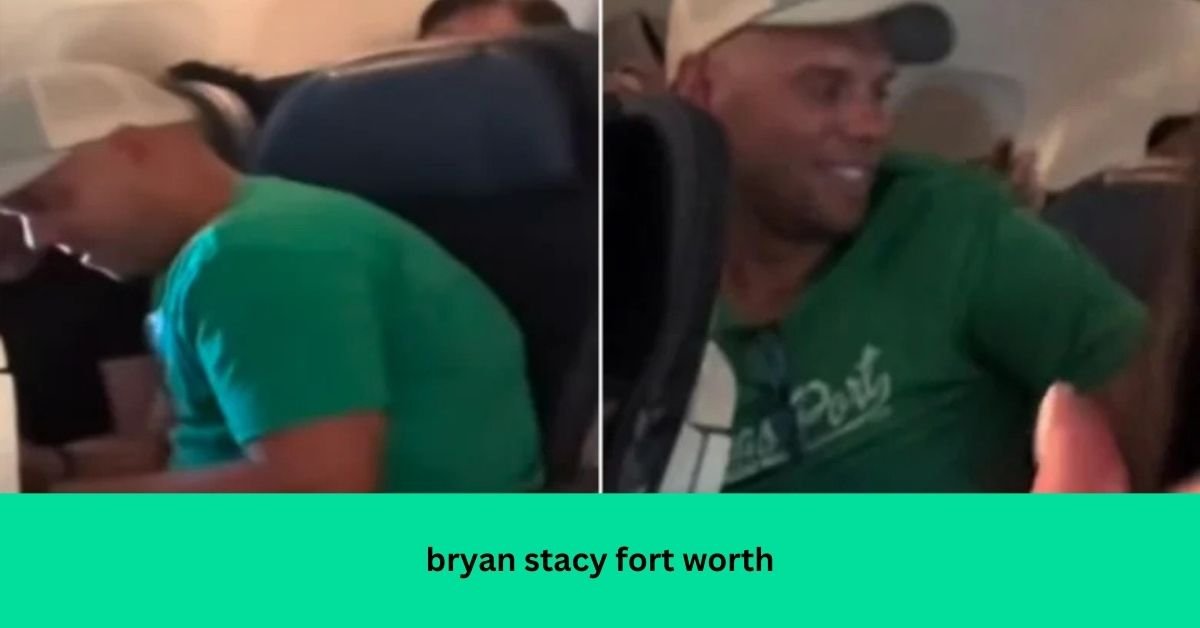The Maine Shooting On October 25, 2023, Lewiston, Maine, faced an unprecedented tragedy as a mass shooting unfolded, resulting in 18 fatalities and numerous injuries.
This incident marks one of the deadliest in Maine’s history, prompting statewide and national discussions about gun violence, mental health, and law enforcement response.
This case study aims to analyze the shooting’s background, the response from various stakeholders, and the ongoing impact on the community.
Background of the Incident
The shooter, Robert Card, was identified as an Army reservist whose mental health had reportedly been deteriorating in the months leading up to the event.
The mass shooting occurred in two locations: a bowling alley and a bar and grill, where many victims were attending a cornhole tournament for the deaf community.
These sites were chosen for their social significance, drawing community members together (Wikipedia)(News Center Maine).
Detail Of The Shooting
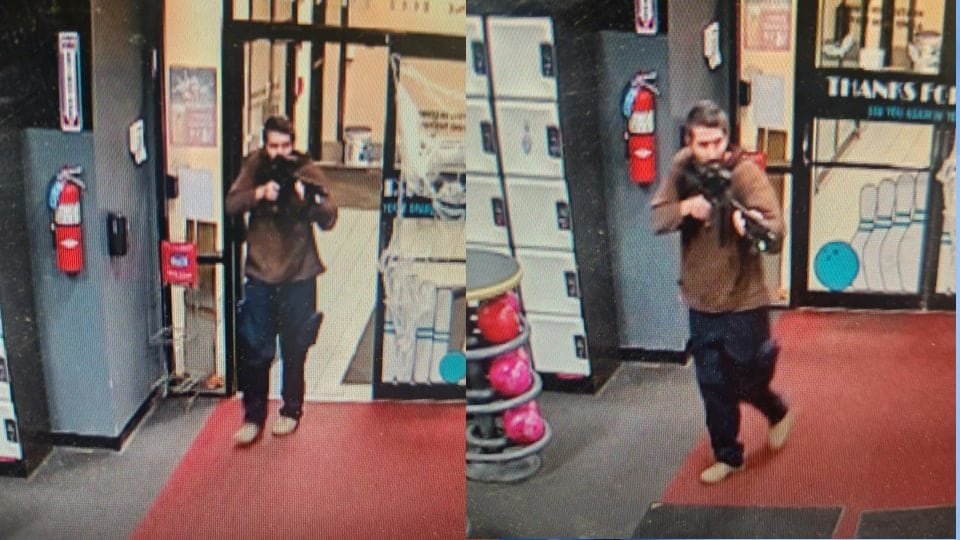
At approximately 7 p.m. on October 25, Card began shooting at Just-In-Time Recreation and Schemengees Bar & Grille. In total, 18 individuals lost their lives, with 13 others injured.
The ages of the victims ranged from 14 to 76, highlighting the indiscriminate nature of the tragedy.
Four of the deceased were deaf individuals actively participating in the cornhole tournament (Wikipedia)(News Center Maine).
The response from law enforcement was swift but chaotic. Officers were initially overwhelmed due to the confusion surrounding the event.
The local police, FBI, and state police collaborated to locate Card, who evaded capture for two days before being found dead from an apparent self-inflicted gunshot wound (Wikipedia)(News Center Maine).
Sequence Of Events
- Initial Attack: Card opened fire at the bowling alley first, resulting in multiple casualties.
- Second Location: He then proceeded to the nearby bar, where the tournament was taking place, continuing his rampage.
- Law Enforcement Response: After the shootings, police and federal agents swiftly mobilized to locate Card, initiating a multi-agency effort that included local police and the FBI.
Law Enforcement Response
Following the incident, an independent commission was formed to investigate the law enforcement response. The commission’s findings revealed several key areas for improvement:
Tactical Response
The need for updated active-shooter training was emphasized to ensure a more coordinated approach during such incidents.
Incident Management
The report suggested enhancing incident management protocols, ensuring that multiple agencies can work together seamlessly during crises(News Center Maine)(Wikipedia).
Mental Health Interventions
Given Card’s mental health struggles, the report highlighted the importance of mental health assessments for military personnel, especially those in reserve units(News Center Maine).
Read: UConn Student Dies Parking Garage: University Mourns a Tragic Loss!
Challenges Faced By Law Enforcement

- Confusion on the Ground: The chaotic scene and the influx of officers from various jurisdictions led to communication breakdowns.
- Duration of the Manhunt: Card evaded capture for two days, raising concerns about the efficacy of the initial response.
Community Impact
The aftermath of the Maine shooting profoundly affected the Lewiston community.
Many residents expressed feelings of grief, anger, and fear, grappling with the loss of friends and family members.
Maine Governor Janet Mills has acknowledged the diverse emotional responses and emphasized the need for community healing and support(News Center Maine)(Wikipedia).
Moreover, the shooting has prompted discussions at the state and national levels regarding gun control and mental health support.
In response to the tragedy, Governor Mills pledged to seek funding for implementing the recommendations outlined in the independent commission’s report(News Center Maine).
Support For Victims And Families
In the wake of the tragedy, local organizations and the state government mobilized resources to provide support for victims’ families and those affected by the shooting.
Community vigils were held to honor the victims, fostering a sense of solidarity and healing.
National Response
The Maine shooting garnered national attention, with various lawmakers calling for stricter gun control measures.
President Biden expressed condolences and urged Congress to take action against gun violence, stating that such tragedies should not be considered normal(Wikipedia)(News Center Maine).
Recommendations For The Future
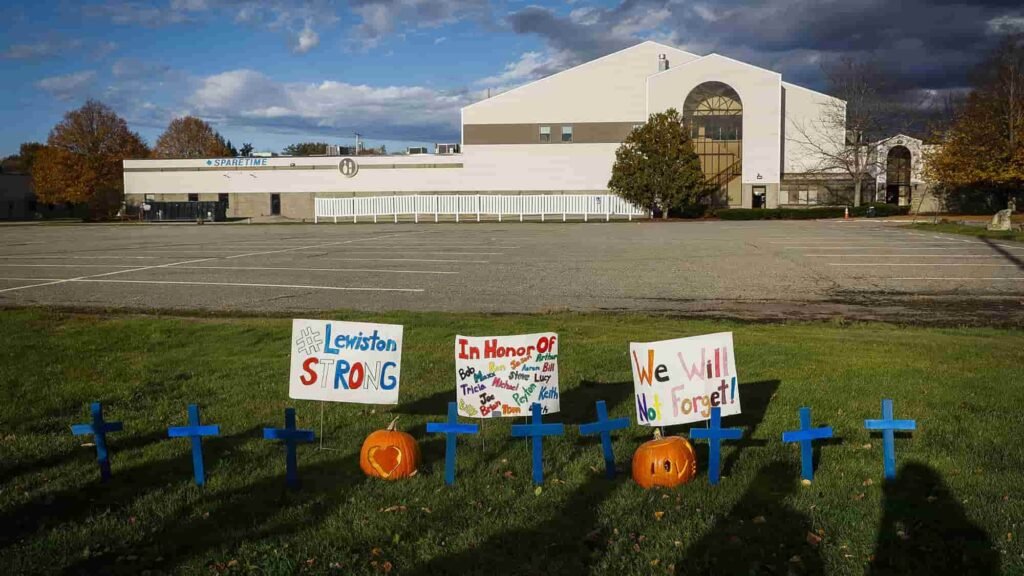
The commission’s report offered several recommendations aimed at preventing future tragedies, including:
Improved Training for Law Enforcement:
A focus on active-shooter drills and protocols for dealing with mass casualty incidents.
Enhanced Mental Health Support
Programs for military personnel and community members to identify and address mental health issues before they escalate(News Center Maine)(Wikipedia).
Community Engagement
Initiatives to strengthen community bonds and ensure that residents feel supported and safe(News Center Maine).
In-Depth Analysis of the Shooter’s Background
Understanding the background of Robert Card sheds light on the potential warning signs leading up to the shooting.
Friends and family reported changes in his behavior, with increased isolation and signs of distress.
Card’s mental health struggles, combined with access to firearms, created a tragic scenario that escalated into violence.
Read: The Life and Legacy of Leanna Marie Boose May 3, 1997!
Conclusion:
The Maine shooting on October 25, 2023, serves as a heartbreaking reminder of the ongoing issue of gun violence in the United States.
It underscores the critical need for improved mental health support, more effective law enforcement training, and community cohesion.
As Lewiston works towards healing, the lessons learned from this tragedy may help guide future efforts to prevent similar incidents across the nation.
FAQs:
What happened during the Maine shooting?
The Maine shooting occurred on October 25, 2023, when Robert Card opened fire in a bowling alley and a bar, resulting in 18 deaths and multiple injuries.
Who was the shooter in the Maine shooting?
The shooter was Robert Card, an Army reservist who had been struggling with mental health issues prior to the incident.
How did law enforcement respond to the shooting?
Law enforcement response was swift but chaotic, involving local police, the FBI, and state police, who collaborated to locate Card.
What recommendations were made after the investigation?
Recommendations included improved active-shooter training, better incident management protocols, and enhanced mental health support for military personnel.
What impact did the shooting have on the community?
The shooting caused deep grief, anger, and fear within the Lewiston community, prompting discussions about mental health and gun violence.
How did state officials respond to the tragedy?
Maine Governor Janet Mills expressed support for the victims’ families and pledged to seek funding for implementing safety recommendations.
Was there a national response to the Maine shooting?
Yes, the incident garnered national attention, leading to calls for stricter gun control measures and mental health support from various lawmakers.
What were the ages of the victims?
The victims’ ages ranged from 14 to 76, with four individuals from the deaf community attending a cornhole tournament.
How was the shooter found after the shooting?
Robert Card was found dead from a self-inflicted gunshot wound two days after the shooting, evading capture during that time.
What steps are being taken to prevent future shootings?
Enhanced training for law enforcement, mental health interventions, and community engagement initiatives are being prioritized to prevent future incidents.
Read:

